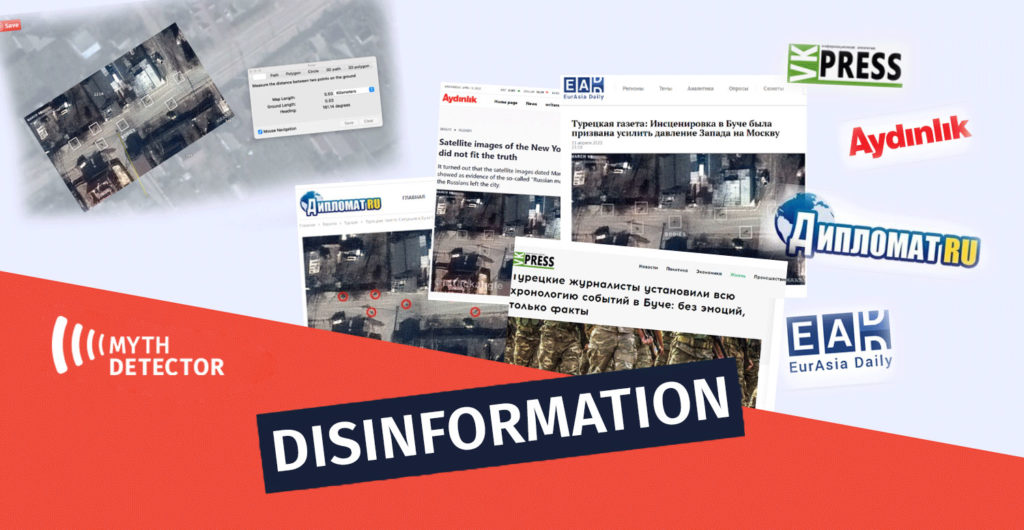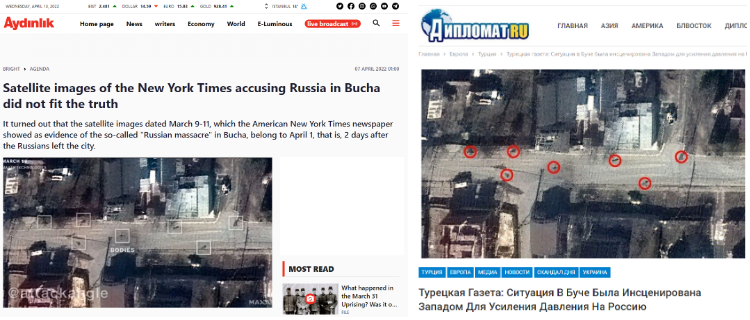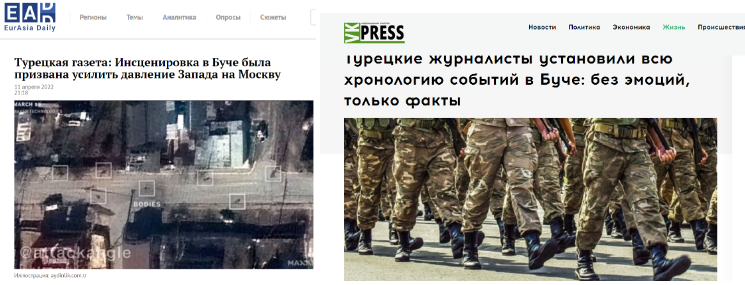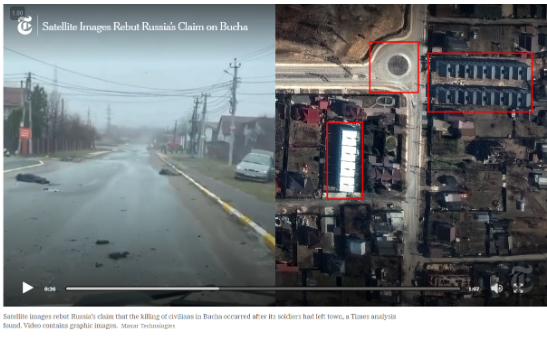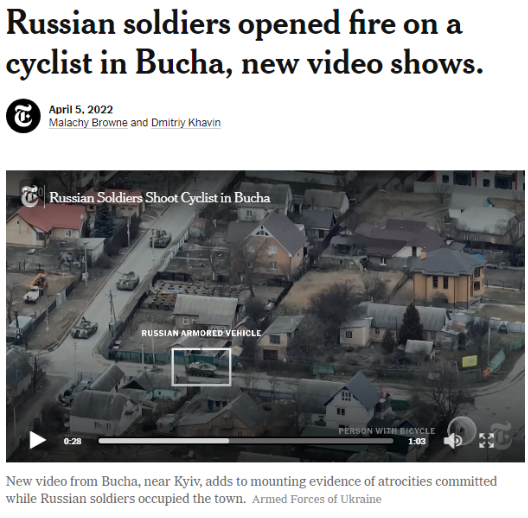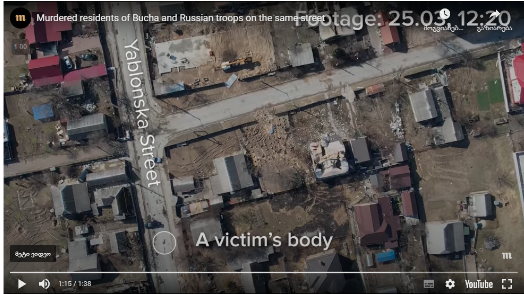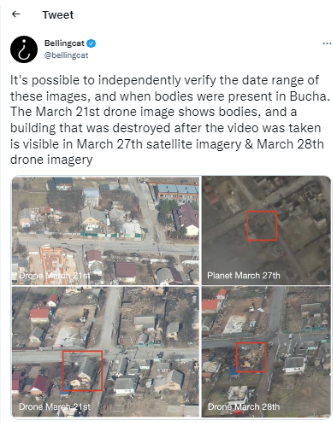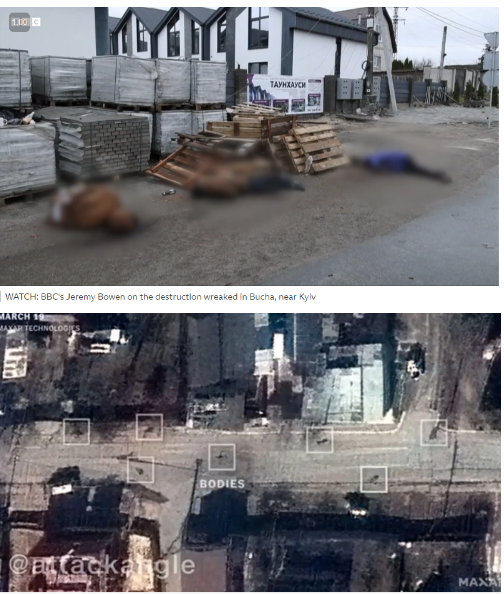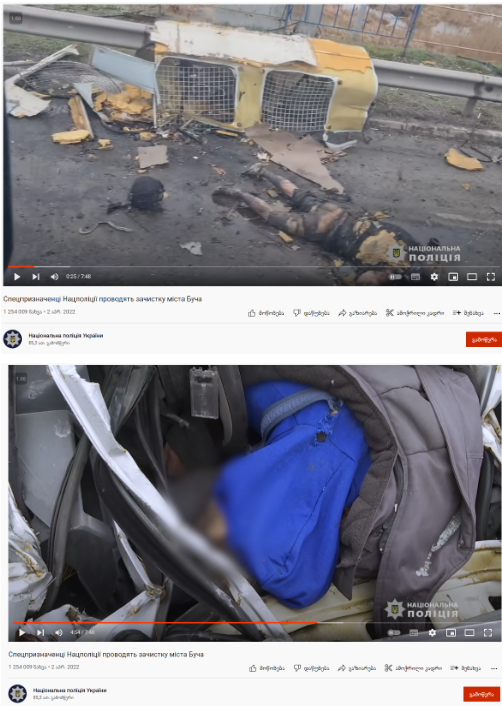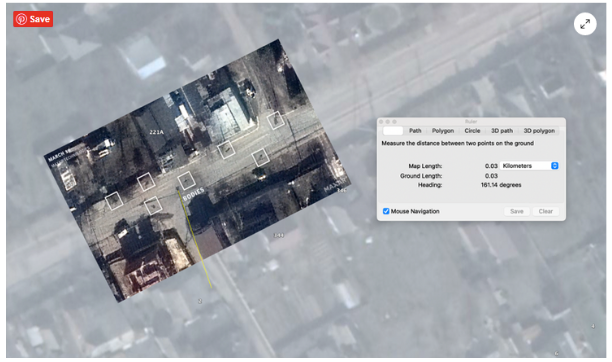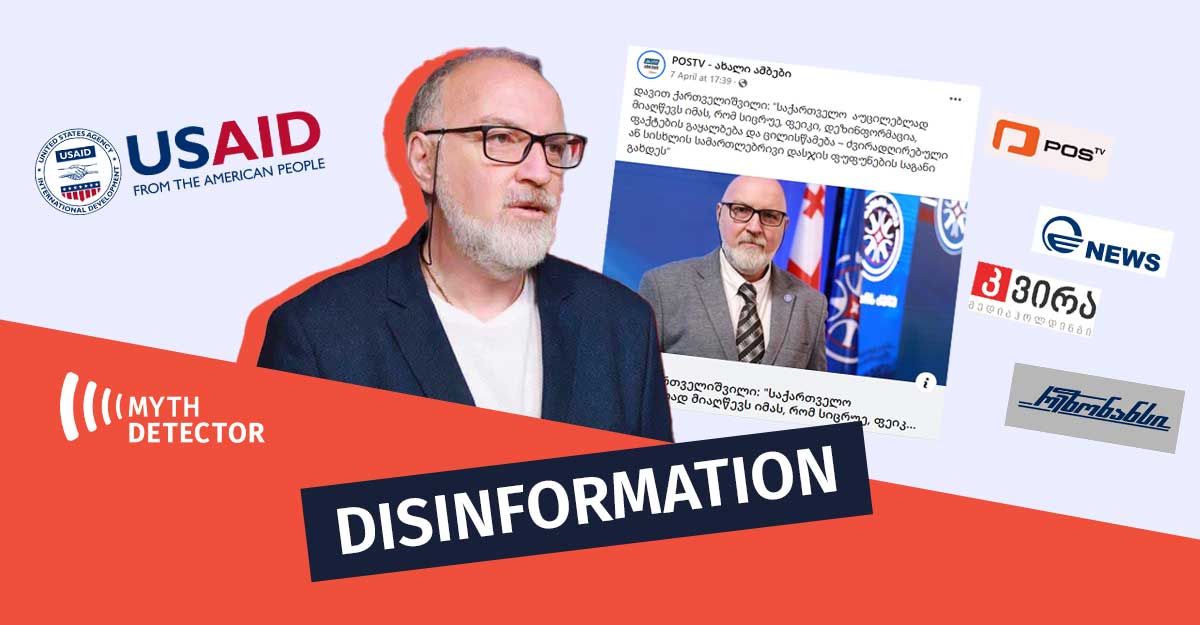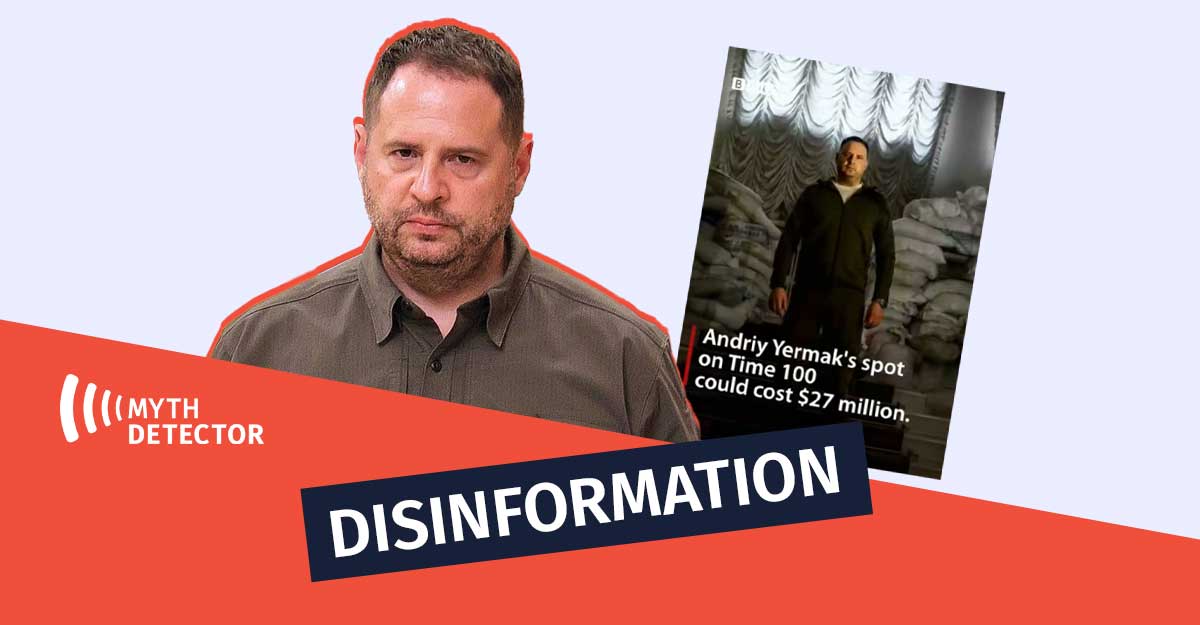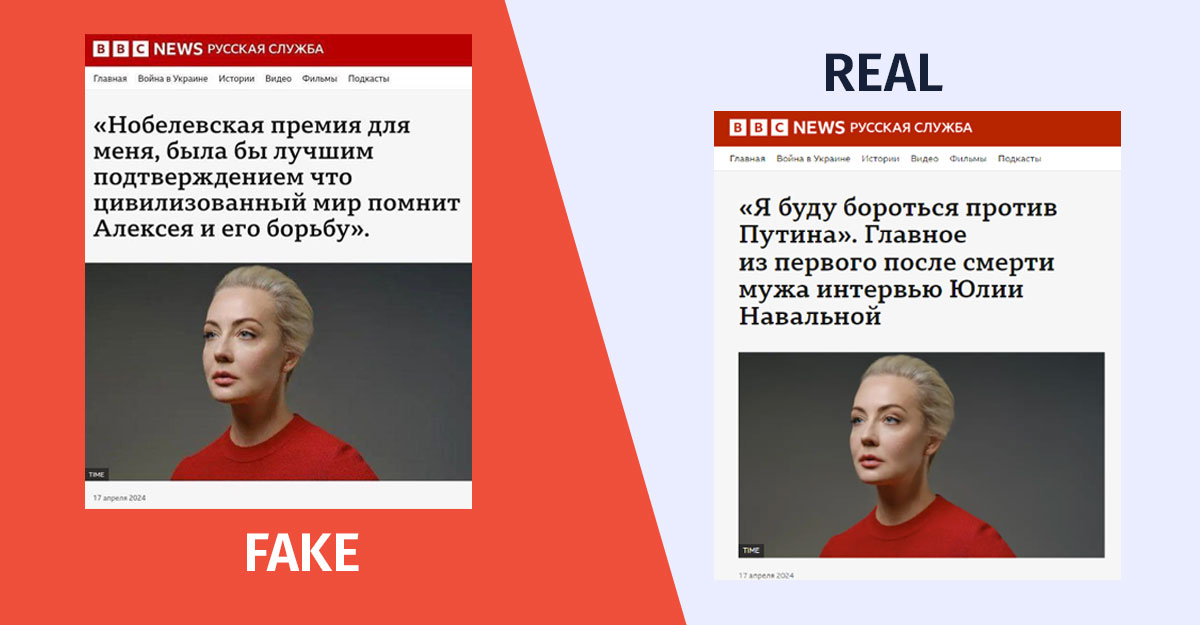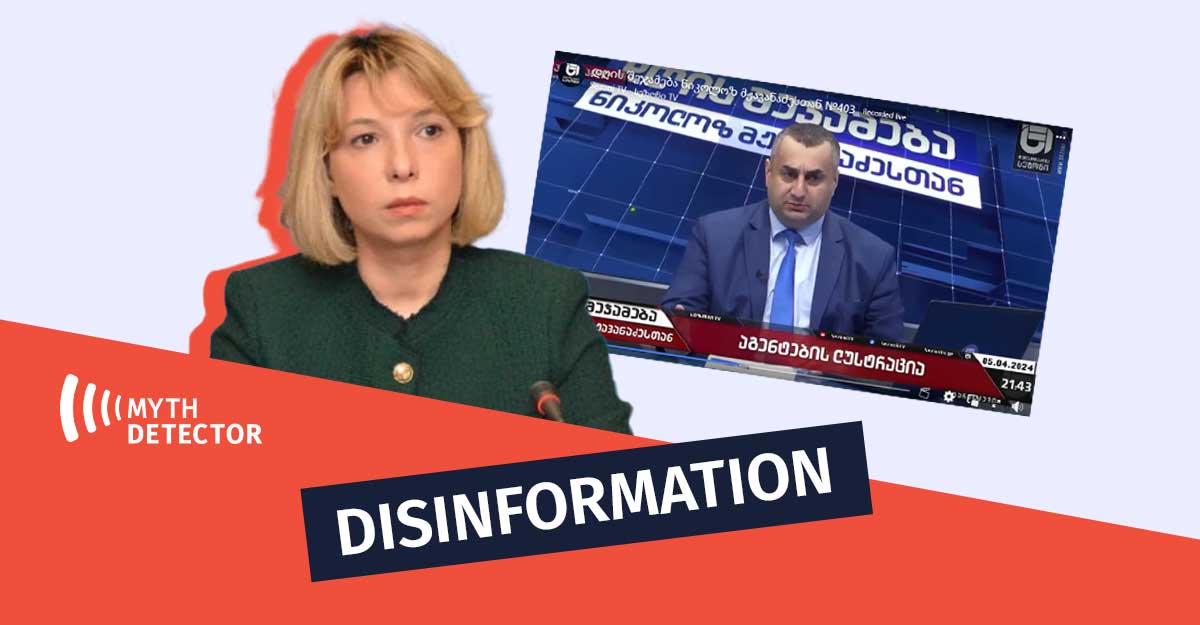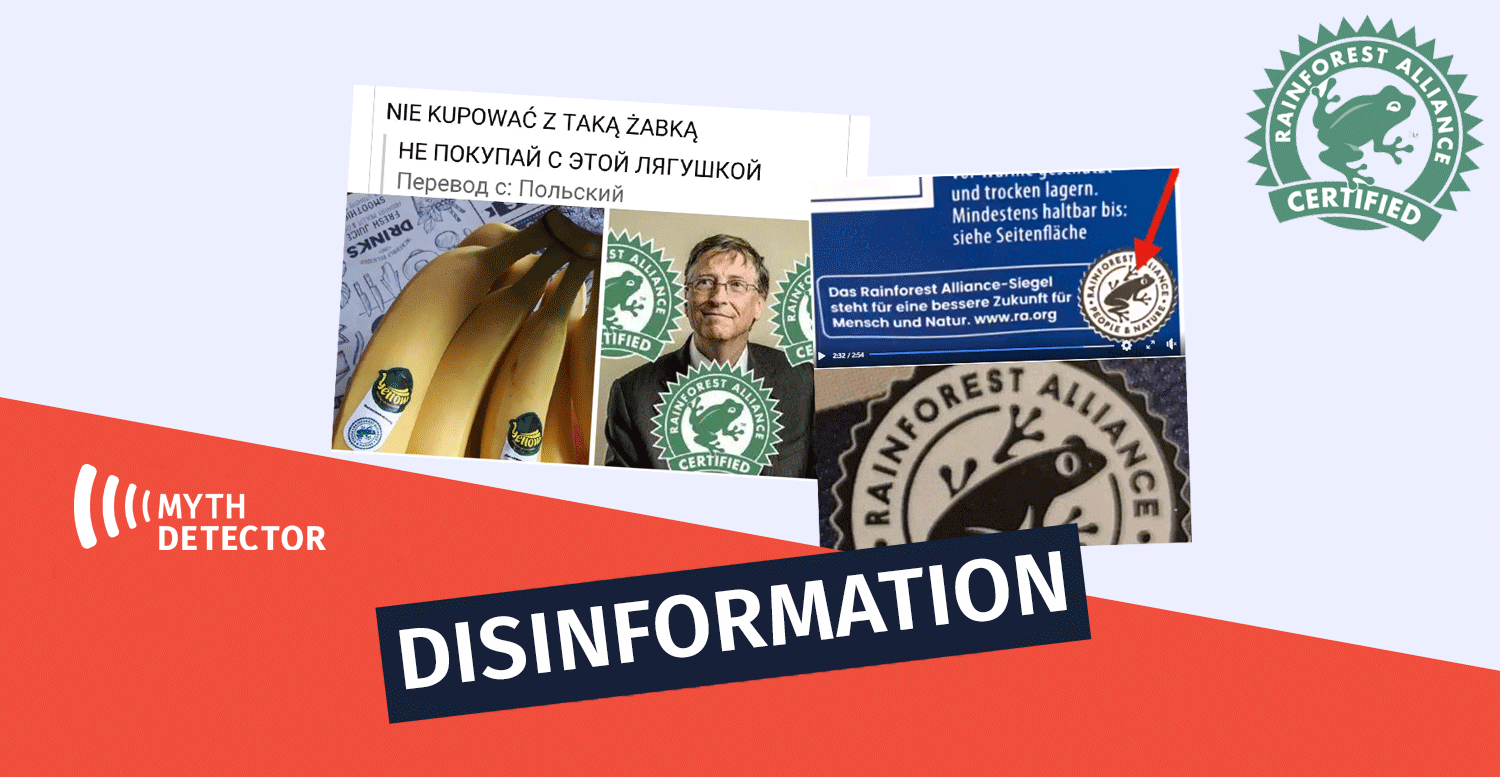On April 7th, the Turkish-language outlet “Aydinlik” published an article regarding the satellite imagery of corpses in the streets of Bucha, published by the New York Times. “Aydinlik” questions the evidence of the New York Times and Russia’s guilt in the Bucha massacre, which is substantiated by the following arguments:
- No one spoke about the bodies in the streets until April 3rd, and neither the Western media nor the Ukrainian side did not publish photos confirming the massacre;
- Satellite photos of Maxar Technologies published by the New York Times confirming the existence of corpses in the streets were taken on April 1st;
- The inclination of the shadows reflected in the satellite photo coincides not with the data of March 19th, but of April 1st.
Based on Aydinlik, the information was published by Russian-language outlets Diplomatru.ru, vkpress.ru and edaily.com.
The article by Aydinlik contains a number of false claims. In fact, 1) Footage of corpses in the streets of Bucha was published by the BBC and the National Police of Ukraine not on April 3rd, but on April 2nd, as soon as Ukrainian forces entered Bucha; 2) In addition to the New York Times, the existence of corpses in Bucha during the time it was under Russian control using satellite images from Maxar Technologies and Planet was also confirmed by the British Ministry of Defense and Reuters; 3) Based on drone footage from the outlet “Meduza,” the investigative team “Bellingcat” confirmed the presence of corpses in the streets of Bucha on March 23-30th; 4) The inclination of the shadows reflected in the satellite photo exactly matches the March 19th data.
Aydinlik questions the credibility of satellite photos of Maxar Technologies published by the New York Times on April 4th and concludes that the specific photo, which shows corpses scattered on Yablonska Street, was actually taken on April 1st – two days after the Russian troops left the city. Aydinlik asserts that there were no corpses on the streets before that. In fact, in addition to the New York Times, other outlets and government agencies have conducted independent investigations using satellite imagery and drone footage.
For instance, according to a statement from the British Ministry of Defense on April 5th, satellite photos taken on Yablonska Street in Bucha on March 21st confirm the presence of at least 8 corpses in the area.
It is noteworthy that in this case, the British Ministry of Defense relies not on the New York Times and Maxar Technologies, but on its own, independent analysis of satellite photos taken from the company Planet. The location of the photo in the statement of the Ministry of Defense, in turn, coincides with the location of the photos published by the New York Times and reflects Yablonska Street in Bucha.
Notably, more than 200 satellites of the company Planet cover the terrestrial area of the planet daily.
Through an independent investigation using satellite images taken by Maxar Technologies on March 19th, Reuters researchers also concluded that there were corpses on the street from the time the area was controlled by the Russian side.
In addition, on April 3rd, Українська правда posted a video taken at the intersection of Yablonska and Vokzalna streets in Bucha. According to the publication, the video was shot by the Azov Battalion aerial reconnaissance on March 3rd, 2022, when the city was controlled by Russian troops.
The video shows Russian military equipment opening fire on a citizen cycling down the street. According to Українська правда, the authenticity of the video, the place and time of its shooting were confirmed by analysts at VoxCheck, a Ukrainian fact-checking platform.
Researchers of the New York Times also managed to verify the video taken by the drone.
On April 8th, several more videos taken by the Russian-language outlet Meduza were published. According to the description, the videos were taken during March 23-30th, when the territory was controlled by the Russian military. The footage shows corpses scattered on the street.
The footage taken on March 23rd also shows the corpse of the cyclist killed by the Russians.
According to the International Investigative Group of Journalists Bellingcat, the dates of these recordings can be confirmed independently, as one of the recordings taken on March 21st shows the body and the house unharmed, and the March 27th satellite and drone footage shows that the building has been destroyed.
-
When was the footage of the corpses in the streets of Bucha published for the first time?
According to the Turkish media outlet, Western media outlets and the Ukrainian side started talking about the existence of corpses in Bucha and publishing photos only on April 3rd. In fact, journalists joined the Ukrainian military in the liberated Bucha on April 2nd, and it was then that the footage of the corpses taken in the streets of Bucha began to be disseminated. For example, on April 2nd, the BBC produced the first story on the situation on the streets Bucha after the departure of the Russian military. The corpses are clearly visible in the footage. More specifically, the story also depicts the corpses of people killed on Yablonska Street. Notably, the Turkish outlet questions the credibility of a satellite photo taken on this very street.
The bodies can also be seen in the video of the Ukrainian National Police.
Disinformation about footage of corpses scattered on Yablonska Street, as well as a video released by the Ukrainian National Police, has been disseminated in the past as well. For more, see the articles of “Myth Detector:”
- Pro-Russian Facebook Accounts Use the Video of the National Police of Ukraine to Deny the Bucha Massacre
-
Did the photos taken by the satellite on March 19th coincide with the inclination of the sun’s rays recorded on that day?
The Turkish-language outlet used the inclination of shadows as another argument to argue that the photo was actually taken on April 1st because the angle of inclination coincided with that day. In fact, the research organization “Center for Information Resilience” placed a photo taken by the in the New York Times on Google Earth to determine the inclination of the shadows.
It turned out that the direction of the sun in the photo was 161 degrees, which exactly coincides with the inclination of the sun on March 19th at 11:08 local time in Bucha. This proves that the photo was taken on March 19th.
About the Source
The online outlet “Aydinlik” belongs to the Turkish Patriotic Party (Vatan Partisi). The party has a Eurasian ideology and is therefore pro-Russian, pro-Chinese and anti-US. The party is calling for Turkey’s withdrawal from NATO and opposes Turkey’s candidacy for EU membership.
In 2009, Aydinlik was banned for 1 month on charges of propaganda of terrorism by the Istanbul court. In 2011, the editor-in-chief of the outlet, Mehmet Sabuncu, was arrested during an investigation into an alleged criminal network known as Ergenekon. Ergenekon members were accused of plotting a coup. Sabuncu returned to the position of Editor-in-Chief in 2014.
The outlet has published a number of pro-Russian content since the emergence of the Russia-Ukraine war.
-
Whataboutism and Kremlin Propaganda
The Kremlin propaganda has been using the Whataboutism technique for years, which involves making the opposite accusations or shifting the focus to another issue instead of answering accusations or difficult questions. The technique of Whataboutism tries to divert attention from the object of criticism and/or justify the object through incorrect comparisons and manipulative moral reasoning. The Kremlin has tried to refute the evidence using Whataboutism and to question the existence of victims on various occasions during the Russia-Ukraine War of 2022. For more, see the articles of “Myth Detector:”
- A Blogger from Mariupol, who was Accused by the Russian Media of Faking a Pregnancy, Gave Birth to a Child
- A Mannequin from Russia Blamed for Appearing in Ukrainian Fabricated War Videos
- Kremlin Propaganda and Georgian Facebook Accounts Deny the Bucha Massacre
- Pro-Russian Facebook Accounts Use the Video of the National Police of Ukraine to Deny the Bucha Massacre
The article has been written in the framework of Facebook’s fact-checking program. You can read more about the restrictions that Facebook may impose based on this article via this link. You can find information about appealing or editing our assessment via this link.
Read detailed instructions for editing the article.
Read detailed appeal instructions.

















